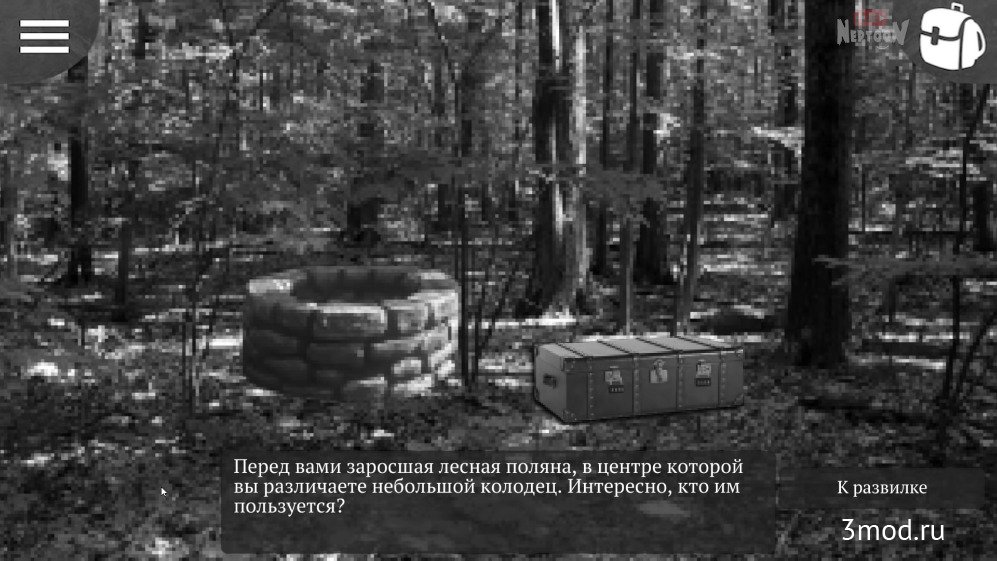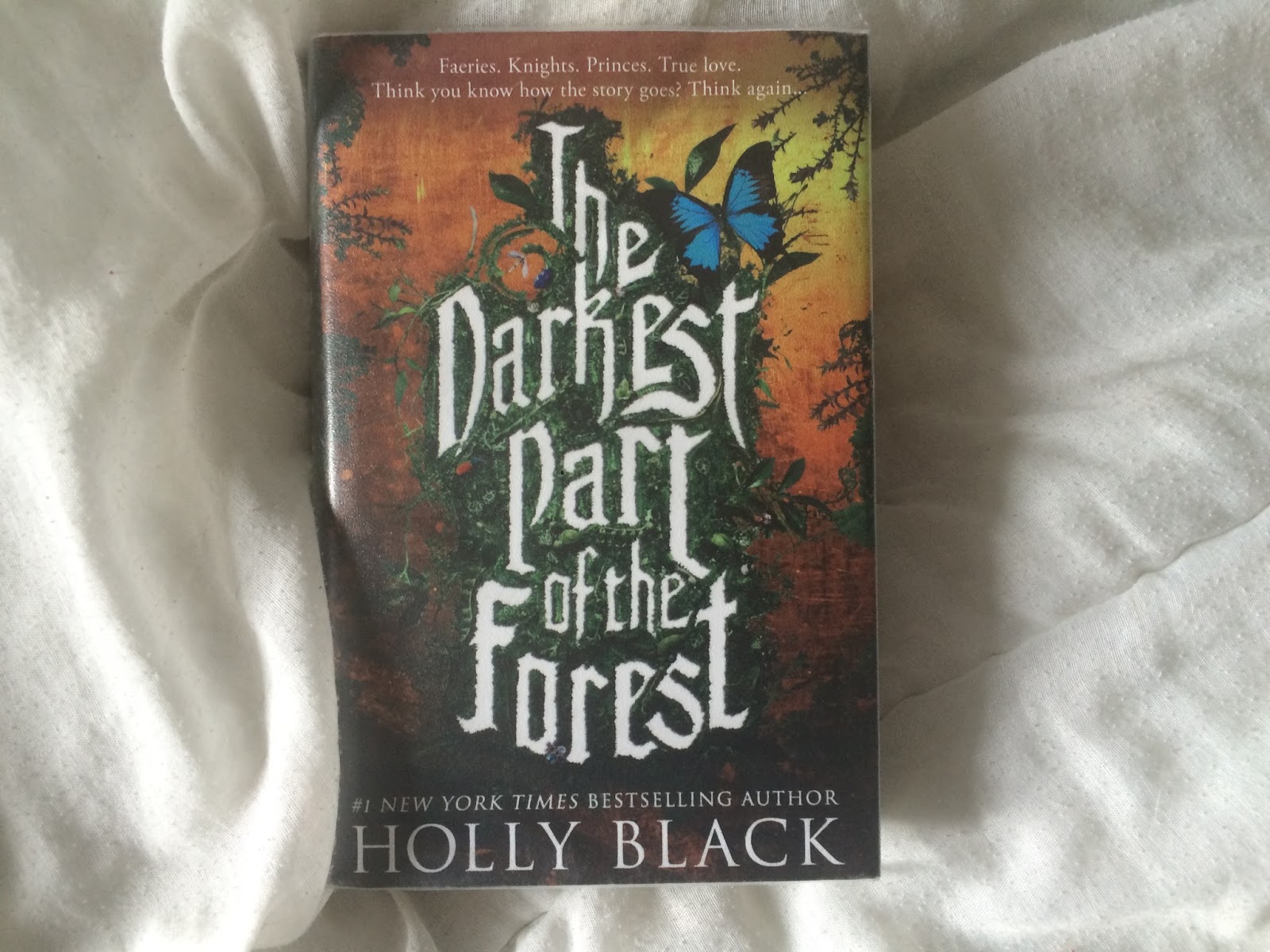


Even the Not at Night series didn’t use the word directly at first, instead referring on the dust jackets to the weird and creepy (though reviews were quoted that included the supping image from Macbeth, that most respectable of references). 1920 looks like the year of that rebirth-specifically, the first American edition of Maurice Level’s Tales of Mystery and Horror-but this was the only sight of it for most of the decade. It took longer to reappear on the covers of books. After these two appearances anything like the word seems to have fled for a hundred years or so, but by the end of the nineteenth century the occasional short story had it in the title Conan Doyle used it twice, for instance (“A Pastoral Horror” and “The Horror from the Heights”).

we might conclude that the adjective was introduced to make the book more saleable. We should also acknowledge Horrid Mysteries from five years earlier, both because the usage was immortalised by Jane Austen and since this was the second English translation of Karl Grosse’s Der Genie, oder Memoiren des Marquis von G . . . 1797 saw the publication of The Horrors of Oakendale Abbey, but this is the only title of the period to include the word. It did with the Gothic novel, just about. By espousing the adjective I’m also joining the tradition of writers who have given it a positive significance, and it occurs to me to wonder when this began.

I have to presume I’m not harming it by associating myself with it-I’m doing my best to be worthy of its great tradition in my limited way as a fiction writer. No doubt they have their reasons, but I have mine, which is to support the kind of fiction I’ve loved pretty well ever since I can remember. Whenever anyone who creates horror fiction says they don’t, it simply confirms me in my commitment to the field. I’ve been saying so for decades, because it’s the truth, simple or otherwise.


 0 kommentar(er)
0 kommentar(er)
